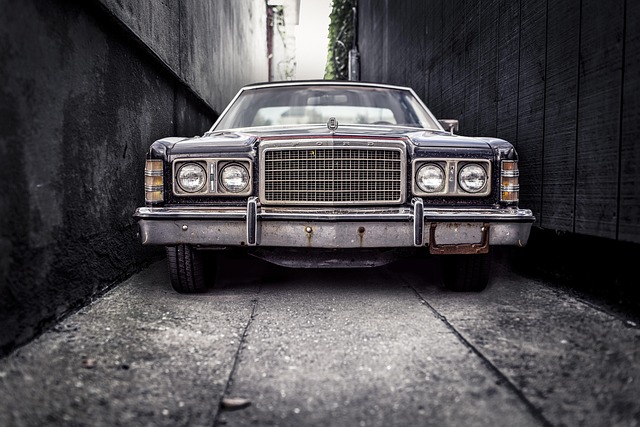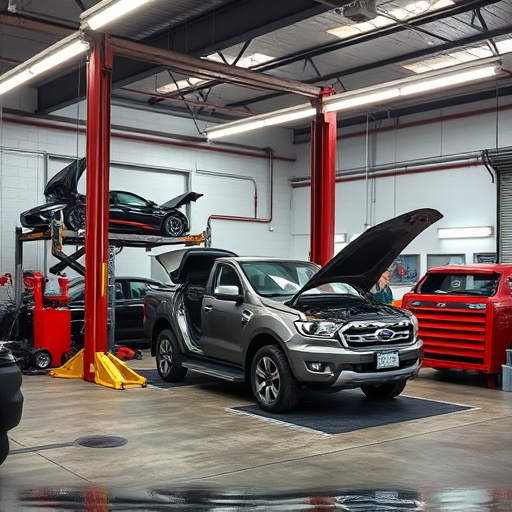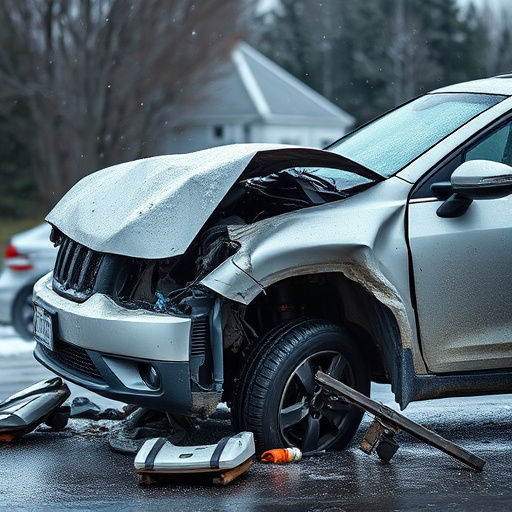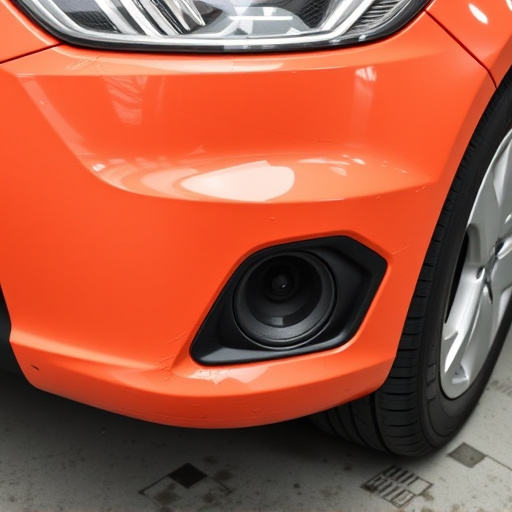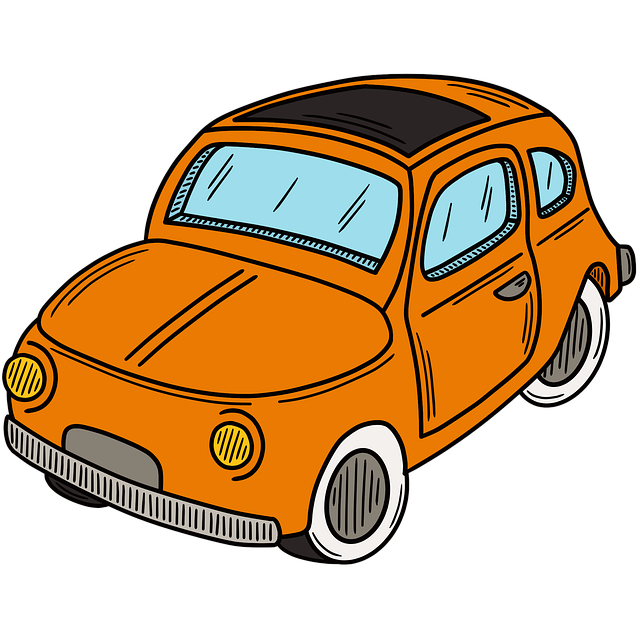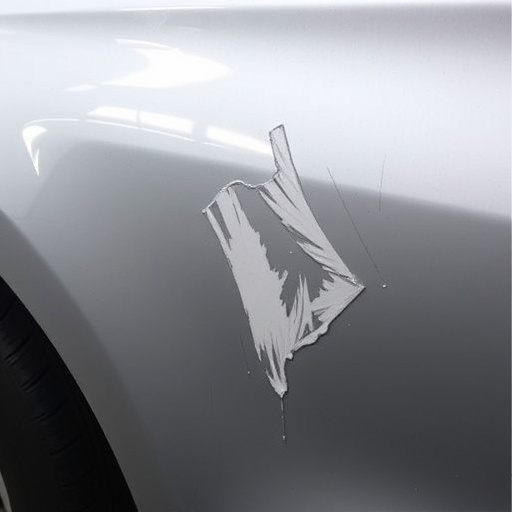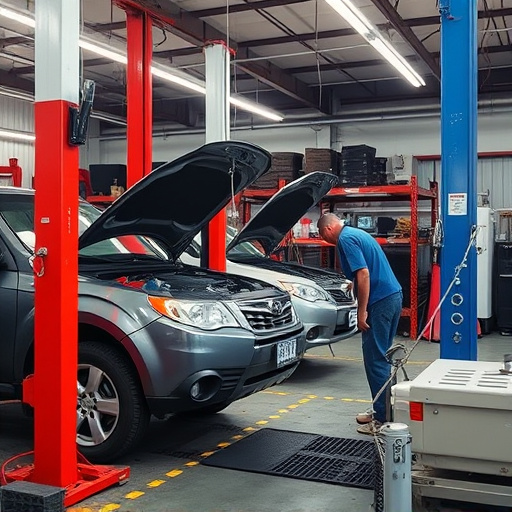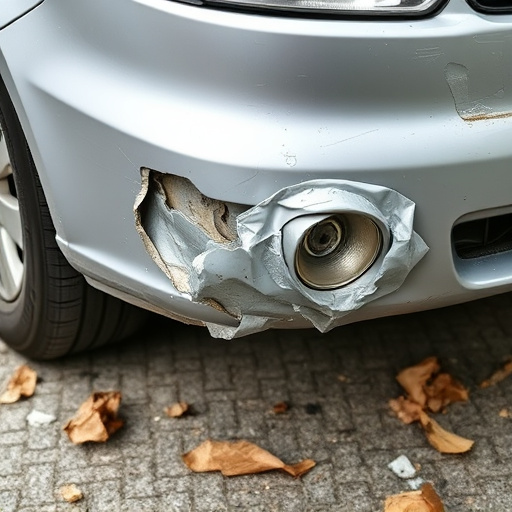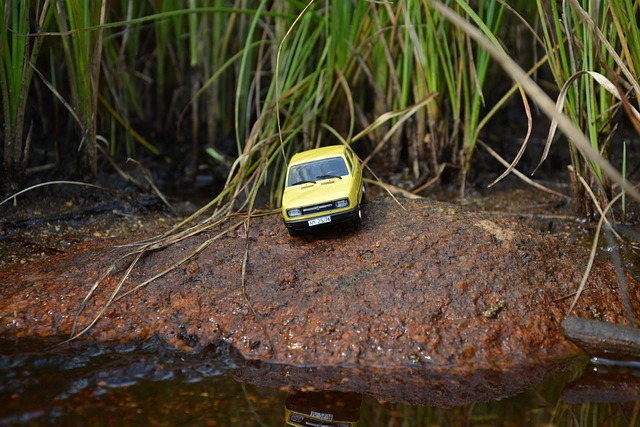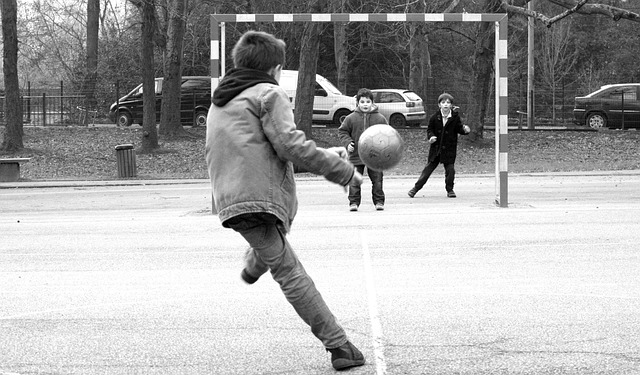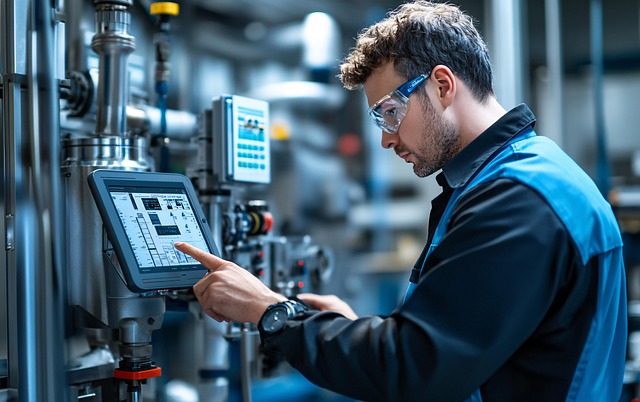Bumper damage ranges from minor to severe, caused by collisions, errors, or weather. Inspection is vital before bumper restoration, checking for loose parts, structure integrity, dent depth and location. Professional dent removal techniques using advanced tools are recommended. Tools include sandpaper, putty knives, dent puller, hot wire cutter, and polyurethane compound. Meticulous inspection, cleaning, filler application, and base/top coating ensure effective bumper restoration.
Restoring plastic bumpers on vehicles involves more than just a quick fix. With the widespread use of plastics in automotive design, proper bumper restoration has become a specialized skill. This comprehensive guide delves into the process, offering insights into understanding common bumper damage and the essential tools required for an effective restoration. By following these steps, you’ll master the art of rejuvenating your vehicle’s front guard, ensuring a seamless and professional-looking finish.
- Understanding Plastic Bumper Damage
- Tools Essential for Restoration
- Steps to Effectively Restore Bumpers
Understanding Plastic Bumper Damage

Plastic bumper damage can manifest in various forms, from minor dents and scratches to significant cracks and breaks. This damage often occurs due to collisions, parking mistakes, or even exposure to harsh weather conditions. Understanding the extent of the issue is crucial before attempting any bumper restoration. Inspection should include checking for loose or missing parts, assessing the integrity of the bumper’s support structure, and evaluating the depth and location of dents.
For both minor and severe cases, professional dent removal techniques are often necessary to ensure a smooth and seamless restoration. Fleet repair services or luxury vehicle repair specialists employ advanced tools and methods tailored for plastic bumper repairs. These experts can accurately gauge whether a bumper can be restored to its original state or if a replacement is more feasible, ultimately ensuring the safety and aesthetic appeal of the vehicle.
Tools Essential for Restoration

Restoring plastic bumpers is a delicate process that demands specific tools tailored for precision and effectiveness. The toolkit for bumper restoration includes a range of specialized items such as fine-grit sandpaper, suitable for gently buffing away scratches and dents without damaging the surrounding surface. Additionally, a set of putty knives or applicators are essential for applying filler materials to mend depressions and cracks.
Beyond these basics, auto enthusiasts often invest in a dent puller tool, which uses air pressure to remove minor dents, and a polyurethane repair compound, ideal for filling and smoothing out imperfections. For accurate cutting and shaping during the restoration process, a high-quality hot wire cutter is a valuable asset. These tools collectively empower car owners or professional auto maintenance services to tackle bumper scratches and dents, enhancing the vehicle’s aesthetic appeal through effective car scratch repair and dent repair techniques.
Steps to Effectively Restore Bumpers

Restoring plastic bumpers is a meticulous process that involves several key steps to ensure optimal results. It begins with careful inspection to identify damage and determine the extent of restoration needed. This includes checking for cracks, dents, or any signs of impact, which will guide the choice of repair methods. Next, the bumper is thoroughly cleaned to remove dirt, grime, and any debris that may have accumulated over time. A mild detergent and water solution is often effective, followed by a dry wipe to ensure no moisture remains.
Once clean, the restoration process can begin. For minor dents or scratches, a specialized plastic filler is applied and gently sanded until smooth. This fills in depressions and evens out the surface. After allowing the filler to set, a fine-grit sandpaper is used for a smooth finish. Then, an auto body repair shop might apply a base coat before adding a topcoat to match the bumper’s original color, ensuring a seamless look. For more severe damage, such as deep cracks or extensive repairs, a trip to a collision center might be necessary, where experienced technicians utilize advanced tools and techniques for comprehensive bumper restoration.
Restoring plastic bumpers requires specialized tools and a keen eye for detail. By understanding common damage types, having the right equipment, and following meticulous steps, you can effectively revive your vehicle’s appearance. Bumper restoration is not just about fixing the surface; it’s about ensuring structural integrity and enhancing the overall aesthetics of your car. Remember, proper care and timely repairs can make a significant difference in your vehicle’s longevity.
